Plastic part design
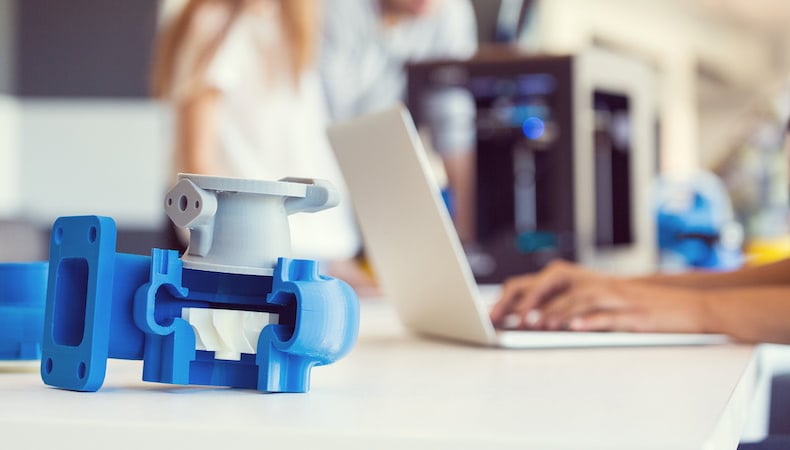
When it comes to remaining competitive in the global marketplace, speed matters. Manufacturers want injection molded parts that deliver the most product functionality at the lowest cost — and they want the parts quickly to get to market first and fastest.
Injection molders understand the pressure manufacturers are under. They're also attuned to how injection molding design, engineering, and production expertise can greatly speed up development time.
Custom injection molders must be sensitive to their customers’ plastic injection molding needs, but responsiveness must be balanced with their own business need to operate cost-effectively and keep pace with the competition. These competing priorities can, at times, make it tempting to rush decisions or make assumptions in order to meet production deadlines or save costs.
Giving in to temptation, though, can easily lead to defective injection-molded parts and field failures — paving the way for rework, recalls, disappointed customers, and ultimately higher costs.
Experienced custom injection molders are aware of the impact defective injection molded parts can have on OEMs, end-users, and their own bottom lines and business reputations. Paying strict attention to — and preventing — four common design-related failures substantially mitigates risk:
This cracking phenomenon occurs when the threshold concentration of a particular chemical and a threshold stress are applied to plastic. While ESC susceptibility varies based on the type of plastic used (amorphous materials are more likely candidates for cracking than crystalline materials), the triggers are somewhat universal, manifesting as molded-in stress, stress due to press fits, high stress in very sharp corners, or stress that results from how the part is used.
Ultraviolet (UV) light can degrade the physical structure of plastic over time, weakening the electrochemical bonds through both photochemical processes and oxidation. Typical UV degradation starts as a surface defect because photons can’t penetrate too deeply into the plastic, creating a chalky surface appearance. Once a crack gets started on the surface, however, it will propagate rapidly into the interior, causing weakness and eventual failure.
Cycle failure typically results from bending plastic back and forth. Consider a living hinge. When properly designed, the plastic molecules lay across the hinge area. In a poor design, the molecules are side-by-side across the joint and the motion is only resisted by the strength of the molecules’ Van der Waal bonds, which are much weaker than the inter-atomic bonds. Another example is high-frequency bending. The hysteretic heat created by the bending can’t be dissipated quickly by the thermally “insulating” plastic. Heat builds up, eventually reaching a point where the plastic simply fails due to the high temperature.
Creep (and related stress relaxation) occurs when plastic molecules are subjected to long-term sustained loads and slowly start to flow. Thermoplastics are viscoelastic, meaning they are both viscous and elastic. The elastic property allows the plastic to spring back to its original shape after deforming (short-term load), whereas the viscous portion allows the material to flow when a very long-term load is applied. The latter, viscous-related creep can never be recovered.
Knowing what plastic injection molding design-related shortcomings to look for is not a solution to preventing field failures. The key is proactivity early on during the design phase, asking pointed questions about the project, including:
One of the greatest advantages of plastic injection molding is the availability of more than 25,000 engineering-grade resins for wide-ranging industrial applications. However, having so many plastics to choose from doesn’t mean that one is as good as the next for producing injection molded parts.
Working with an experienced custom injection molder is the best way to ensure the materials selected are appropriate for the application, but having a bit of insight into plastics’ composition and representative types — specifically amorphous and crystalline — may help you eliminate incompatible materials faster and narrow your choices:
Depending on use, environmental conditions, and manufacturability, a blend of amorphous and crystalline plastics (with or without additive modifications) is the best solution.
Sound plastic part design is the final piece to success. For the highest quality plastic injection molding outcomes and minimal cracking risks, part and product designs should incorporate:
Speed matters when competing in the global marketplace, but getting faulty products out fast is counterproductive. An experienced injection molder that has a deep knowledge of plastic behavior and follows scientific molding principles will be sure to eliminate potential design and production risks and help you stay ahead of the competition. Learn more in our eBook, 5 Steps to Get New Injection Molded Products to Market Faster. Click the button below for your copy of this valuable resource.
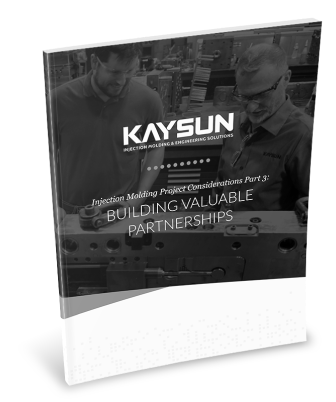
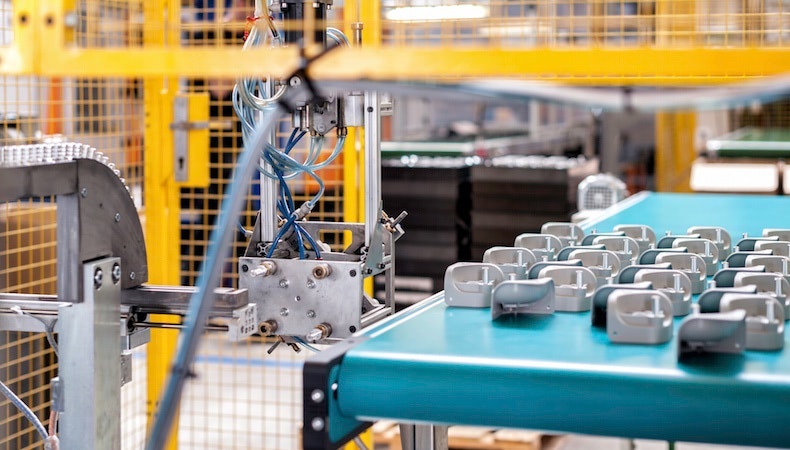
Shrink rates for plastic parts vary depending on the materials used and the unifor…
READ MORE
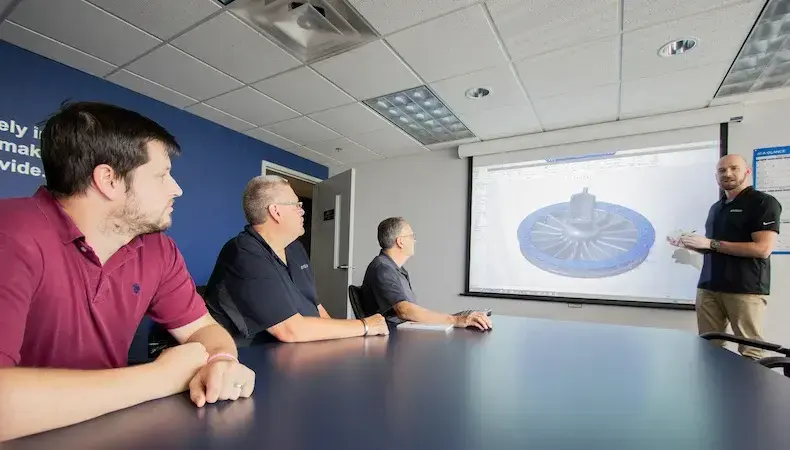
In many complex industries, decisions about which injection molder to use for cust…
READ MORE
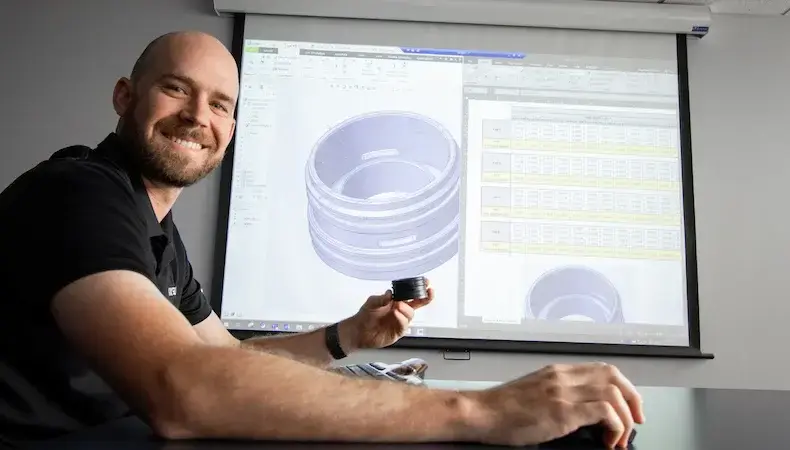
Technologies, product needs, and customer expectations are rapidly advancing. OEMs…
READ MORE